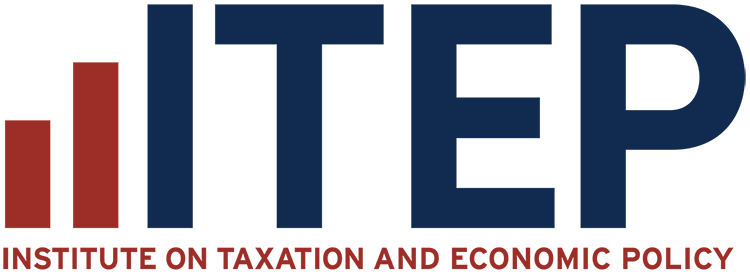A Tax and Expenditure Limit (TEL) is a formula written into state law or into a state constitution that constrains government revenue and spending.
These measures can undermine governmental accountability, degrade essential public services like health care and education, and create inequitable tax burdens.
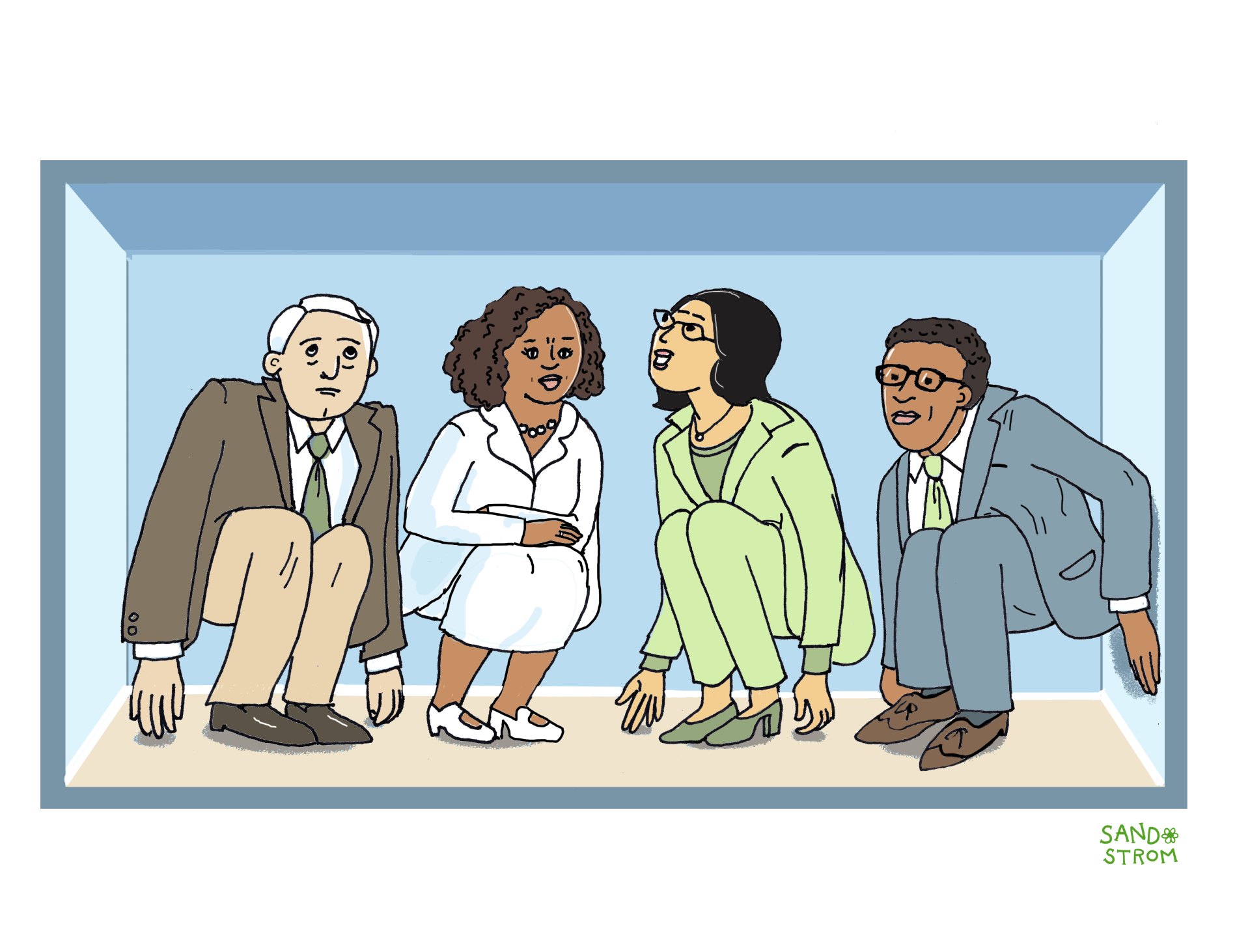
TELs are a broad category of limitations on state and local policymakers’ ability to raise and spend revenue. They may include tax rate caps, limits on total revenues or spending, or assessment limits. They are often paired with procedural hurdles, like supermajority requirements or voter approval, that can make revenue-positive tax policy changes more difficult to enact than tax cuts or other kinds of legislation.
TELs are often politically popular, but they create an accountability paradox. By restricting elected officials’ ability to make fiscal decisions, these measures reduce their accountability to the public. When services deteriorate or infrastructure crumbles, legislators can sidestep responsibility by pointing to the TEL constraints.
Property Tax Limits: The Legacy of Proposition 13
Property tax limits like California’s Proposition 13 restrict local governments’ ability to tax property. Wealthy California landlords funded the campaign to enact Proposition 13. It sparked a wave of similar measures in other states, and half a century later it still represents the archetypal property tax limitation. This constitutional amendment capped property tax rates at 1 percent of assessed value, and limited individual property owners’ assessment increases to 2 percent annually until property is sold. It also required a two-thirds legislative majority for new state taxes and mandated two-thirds voter approval for local special taxes.
Proposition 13 has led to a raft of problems. Property tax revenue was cut by more than half within just a few years, and schools suffered massive budget cuts, leading to noticeable disparities in classroom size and per-student spending.
The inequities have grown over time. One study found white, wealthy homeowners receiving thousands of dollars more in property tax breaks than their counterparts in neighborhoods with large Black, Asian and Latino populations because of faster home value appreciation in wealthier neighborhoods.
Proposition 13 also created a “lock-in effect” where homeowners remain in their properties longer to maintain their tax advantage. This reduces housing mobility and exacerbates housing shortages, particularly in high-demand coastal areas.
Local governments, faced with reduced property tax revenue, turned to alternative funding sources. Impact fees on new development skyrocketed, for example. These fees make housing even less affordable and shift tax burdens in less transparent ways. Proposition 13 also caused local governments to permit fewer housing units and allow more big-box stores, because these stores would generate sales taxes.
Most states’ property tax limits are less severe than California’s, but they may still produce some of the same inequities, cuts in services, and cost-shifts with harmful consequences. For example, Massachusetts’ Proposition 2½, enacted in 1980, led to cutbacks in local services, made localities more dependent on state aid, and exacerbated disparities between wealthier communities and poorer ones.
Broad Limits on Taxes and Spending: The Case of TABOR
State-level TELs restrict revenues at the state level. The most stringent TELs are embedded in state constitutions, requiring voter approval to modify or override, unlike statutory TELs that can be changed through normal legislative processes.
Colorado’s Taxpayer Bill of Rights (TABOR), enacted in 1992, represents the most stringent form of constitutional TEL. Although TABOR has many elements, the core limitation is that year-over-year state and local revenue growth cannot exceed the estimated rate of population growth plus the rate of consumer inflation in the previous year. This artificial algorithm fails to reflect the actual cost of providing government services and bears little relationship to real economic conditions, infrastructure needs, or the changing costs of education, healthcare, and other public services.
TABOR’s inflexibility has led to chronically underfunded crucial services and has hamstrung Colorado’s budget. The state has shifted tax burdens to localities, leading to higher property taxes for local homeowners and greater sales tax reliance. University tuition has soared, health care has been cut back, and schools are chronically underfunded, among other impacts.
Overriding and Repealing TELs
TELs vary in the extent to which they can be overridden. Some, particularly those that are merely written in statute, can typically be changed by a simple majority act of the legislature. Constitutional TELs often require a supermajority of the legislature or even a popular vote to change. As a result, statutory TELs may cause headaches for legislators and lead to artificial budgetary maneuvers that reduce accountability and undermine public faith in government, but they generally don’t drive actual fiscal outcomes nearly as much as constitutional amendments do.
Few states in recent years have enacted new TELs. Indeed, between 2006 and 2012, voters in Florida, Maine, Nebraska, Oregon, and Washington rejected TEL proposals that would have resembled Colorado’s TABOR. Nor have any states recently enacted property tax limits as sweeping as those in California and Massachusetts. Continued vigilance is essential, however, because once in place, TELs are very hard to change or repeal. Most of the TELs enacted in the 1970s and 1990s remain in place, and it has proven challenging although not impossible to repeal them or make major changes.
Related Entries
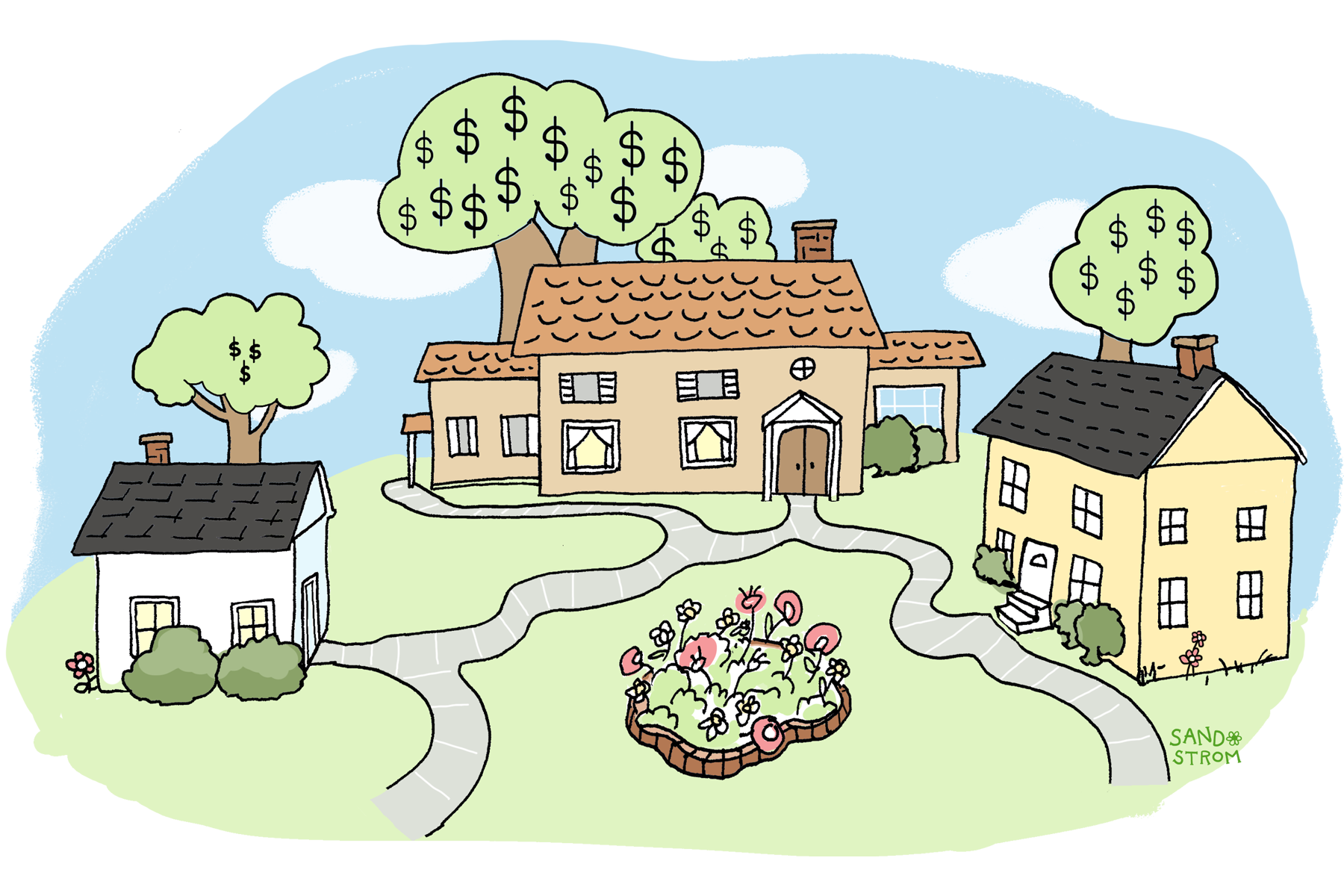
How Do Real Property Taxes Work?
Property taxes on land and buildings are the oldest and still the largest major revenue source for state and local governments. They fund schools, health care, public safety, and other services. They are collected mostly by cities, counties, school districts, and other types of local government, but states typically make the rules for assessing the value of property and imposing the tax, with major implications for tax fairness and adequacy.
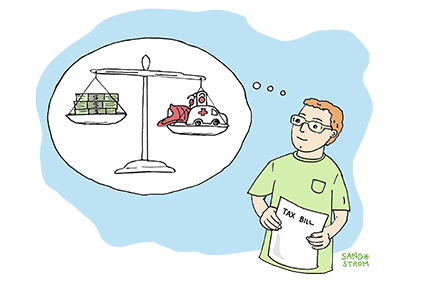
What Principles Should Guide State and Local Tax Policy?
State and local taxes exist primarily to fund schools, roads, health care, and other services needed for communities to thrive. There are multiple ways to achieve this goal, so it can be helpful to evaluate different options based on a few core principles.
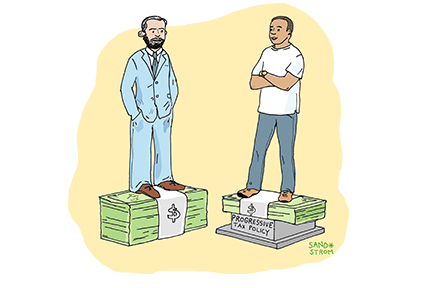
How Do State and Local Tax Systems Affect Racial Justice?
State and local tax codes have the potential to either narrow or widen racial inequality created by historical and current injustices in public policy and in broader society. In general, tax codes that are more progressive across the economic spectrum do more to narrow racial inequality, while regressive tax policies exacerbate it.
Learn More
- Bell Policy Center and Colorado Fiscal Institute. “Measuring Adequacy: Funding & State Services.” March 2023.
- Center on Budget and Policy Priorities. “Policy Basics: Taxpayer Bill of Rights (TABOR).” November 2019.
- Jefferson, Rita (2025). “Anti-Tax Revolts Backfire: What We’ve Learned from 50 Years of Property Tax Limits.” ITEP.
- Levin, J. (2022, April 14). “Prop. 13 offers bigger tax breaks to homeowners in wealthy, white neighborhoods.” CalMatters. Retrieved from https://calmatters.org/california-divide/2022/04/california-prop-13-neighborhoods/
- McGuire, T. J., & Rueben, K. S. (2006). “The Colorado revenue limit: The economic effects of TABOR.” Economic Policy Institute. Retrieved from https://www.epi.org/publication/bp172/
- Oliff, Phil, and Iris J. Lav (2010). “Hidden Consequences: Lessons From Massachusetts for States Considering a Property Tax Cap.” Center on Budget and Policy Priorities.
- Resnick, Phyllis, Charles Brown, and Deborah Godshall. “Measuring the Impacts of Tax and Expenditure Limits on Public School Finance in Colorado.” Lincoln Institute of Land Policy, 2015.
